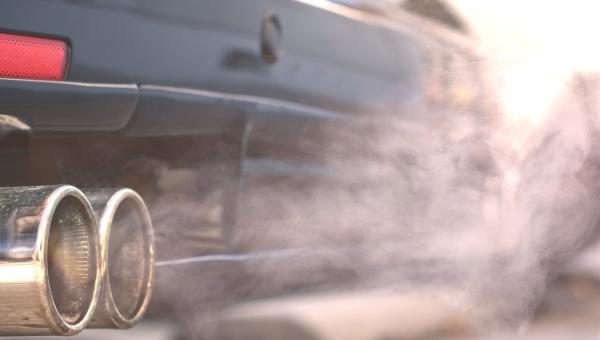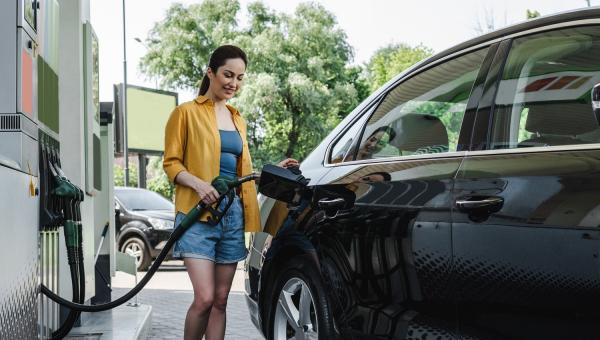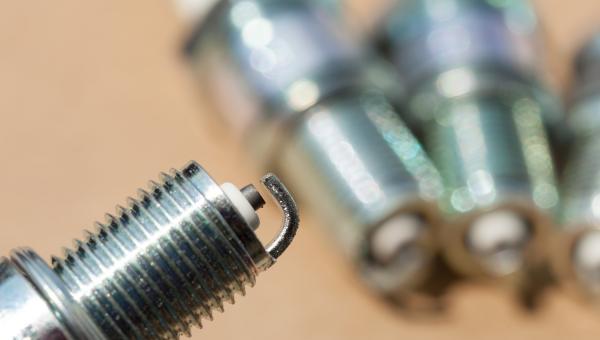Test Drive Notes Library
-
 Pros
Pros
- Premium. Mazda has been edging its cars upscale for several years now, to differentiate them from the more common Hondas and Toyotas on the block. The new CX-90 is the clearest example yet of them putting their money where their engine compartment is. They’re using a rear-wheel-drive biased platform (with standard all wheel drive), which is what BMW and Mercedes use. They’ve developed a really nice, in-line six-cylinder engine, a design (vs a V6) known for its silky power delivery. They’ve come close to a 50-50 front to rear weight distribution. Those are all hallmarks of the Bavarians. And they’ve put some thought and expense into the interior.
- Handling is great for an SUV. We had a chance to drive this 7-seater on the curvy, hilly roads of Western Massachusetts, and while most big rigs would lean and sway through the turns, the CX 90 handled more like a sedan. It stayed flat in corners, and held the road with confidence. It’s agile and responsive. We’ve driven softer riding SUVs that are really fatiguing to pilot on anything but straight roads. The CX 90 was the opposite. It was a pleasure to drive through the hills.
- Engine. Our CX- 90 Turbo S Premium Plus came with the 340 hp, inline six-cylinder engine with a 48 volt mild hybrid system added on. There’s a “base” turbo version with 280 hp, as well as four-cylinder and plug in hybrid options. Our tester’s drivetrain was notably smooth and powerful. It’s quick, and we never seemed to have to wait for the power to come on. Nor was there unpleasant noise or harshness. It’s a nice engine. Mazda’s new, eight-speed automatic worked well, with smooth and appropriately timed shifts. While the EPA says you should expect about 25 mpg, we exceeded that by quite a bit. Admittedly, most of our driving during the test week was on near-perfect roads to maximize mileage — gentle, rolling hills at 40-50 mph. But we saw a week-long average of 28.5 mpg. That impressed us.
- Interior. Inside, the CX-90 feels appropriately upscale, with an uncluttered design, and switches and materials that feel like they’re good quality. Seats are supportive, other surfaces are padded, and it’s all a step more posh than, say, a Toyota Grand Highlander. The suede dashboard was a little over the top for us, but we appreciate the effort.
- Seven seats. It’s nice to find a seven seat option that doesn’t drive like a boat. While you can always get a BMW X7, and get improved ride quality, too, you’ll save a good $25,000 to $30,000 by getting the loaded $62,000 CX-90 instead. The third row seats are less comfortable than the second row captain’s chairs, to be sure, but hey, you ain’t ever gonna sit there, right? With the third row folded down, there’s plenty of cargo room (they fold individually). With the third row in use, like many seven-seaters, cargo room is really limited.
- Informative head up display. We love that all relevant safety information is projected in front of the driver’s eyes with the head up display. If you get too close to the edge of your lane, the head up display subtly lets you know that. If there's a car creeping up in your blind spot, or if you’re getting too close to a car in front of you, it lets you know that too. We’re driving more and more cars that incorporate this sort of safety information in the windshield projection, and it feels like a real step forward. Most blind spot monitors are on the side view mirrors, which is helpful, but not in your normal field of vision. Many lane departure warnings beep or vibrate the steering wheel, which can be annoying (even if you deserve the correction). Having that information easily visible as you look at the road in front of you is a win for drivers.
-
 Cons
Cons
- Firm ride. If you like a soft, more isolating ride, the CX-90 is not for you. The downside of the superb handling at a mid-luxury price, is a somewhat stiffer ride. Our tester came with 21-inch wheels and short sidewalls, which couldn’t have helped. 19-inch wheels are an option on a number of configurations, and we’d opt for those. On smooth roads, the ride is great. But when you hit potholes and imperfections, you’ll feel them.
- A few ergonomic nits. Every auto maker wants to redesign the gear shifter these days. While better than some, in a week of driving, we still found ourselves futzing with it. The infotainment screen is mostly controlled with a rotary, iDrive like center controller. Except when it’s not. It seems Apple CarPlay allows for touch screen controls. It was confusing. Why not give drivers both options all the time?
- Camera screen lingers. A small complaint, but when you shift into reverse, the infotainment screen switches to 360 camera mode, and shows you what’s going on around the car. No complaints about that. That’s useful. The small complaint is that when you then put the car in Drive to drive away, the parking view remains active for too long. Why does this matter? Well, let’s say you entered directions into your GPS system, and then backed out of a space. You can’t see whether to turn left or right out of the parking lot. It’s possible to toggle it off manually, but we couldn’t find a setting to reduce the delay, and found it a minor annoyance.
Test Drive Notes Library
Get the Car Talk Newsletter
 Pros
Pros Cons
Cons


